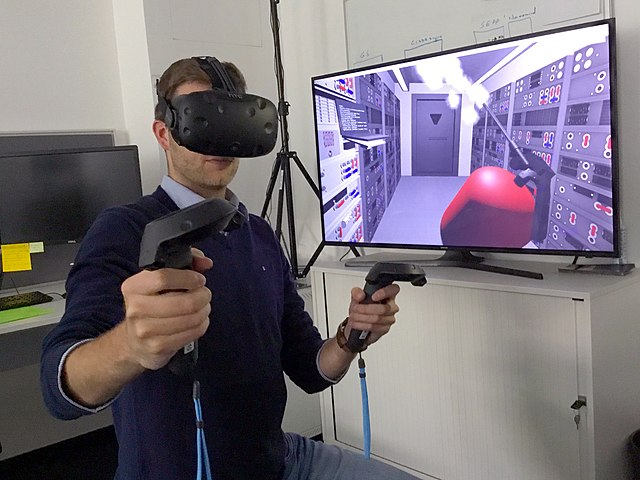
Virtual Reality for Training and Development
Virtual reality (VR) can be a powerful tool for training and development. VR can simulate real-world scenarios and provide learners with hands-on experience in a safe and controlled environment. This can help learners develop their skills and knowledge more effectively than traditional training methods.
One advantage of using VR for training and development is that it can provide learners with a more engaging and immersive experience. By simulating real-world scenarios, VR can help learners develop their skills and knowledge in a way that is more engaging and memorable than traditional training methods. This can help learners retain more information and apply their learning more effectively.
VR can also be used to provide learners with hands-on experience in situations where it would be difficult or impossible to do so in real life. For example, VR can be used to simulate dangerous or complex situations, such as emergency response or hazardous materials handling. This can help learners develop their skills and knowledge in a safe and controlled environment, without the risk of injury or damage to equipment.
Another advantage of using VR for training and development is that it can provide learners with immediate feedback on their performance. With VR, learners can receive feedback on their performance in real-time, which can help them identify areas where they need to improve and adjust their behavior accordingly. This can help learners develop their skills more quickly and effectively.
Overall, virtual reality can provide a powerful tool for training and development. By providing a more engaging and immersive experience, enabling hands-on experience in challenging situations, and providing immediate feedback on performance, VR can help learners develop their skills and knowledge more effectively than traditional training methods.
- May 12, 2023
- 12:02 pm





